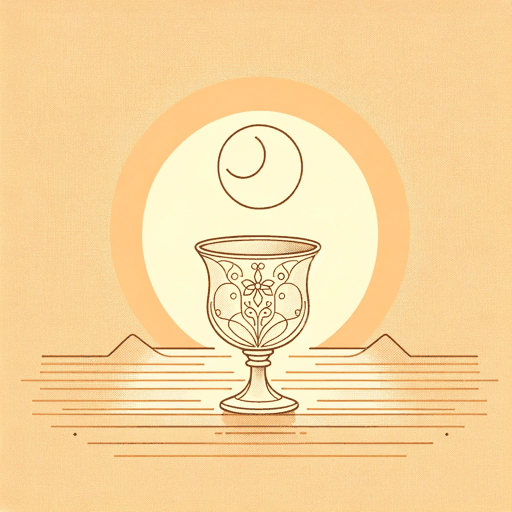40 pages • 1 hour read
Omar Khayyam"The Rubaiyat of Omar Khayyam"
Fiction | Poem | Adult | Published in 1100A modern alternative to SparkNotes and CliffsNotes, SuperSummary offers high-quality Study Guides with detailed chapter summaries and analysis of major themes, characters, and more.
Background
Historical Context
Any critical analysis of “The Rubaiyat” brings up the question of the many Omar Khayyams: there is Khayyam, the historical astronomer and mathematician who lived in Persia between 1048 and 1131; Khayyam the poet to whom many philosophical verses are attributed; the “old Omar” or “my Omar” of Fitzgerald’s “Introduction” and correspondence; and finally, the old Omar declaiming his pithy verses in “The Rubaiyat.” Who was the real Omar Khayyam? Historical record shows that Khayyam was known well in his time for his achievements in fields as diverse as mathematics, philosophy, jurisprudence, and medicine, but significantly, never for poetry. As early as by the 12th century, Khayyam may have helped devise a sophisticated solar calendar still in use in parts of modern Iran, however no one knew of his poetic ambitions. In fact, the first reference to Khayyam as a poet appeared in a treatise in 1176, and the actual verses or rubais attributed to him only began to appear in the oral tradition in the 13th century. British literary scholar Daniel Karlin notes that since Mongol invasions of the 13th century destroyed many libraries and universities of Persia, survivors found it daunting to recreate their heritage. In the project of cultural reclamation, anthologies began attributing many popular verses to Khayyam, by now a hero in the national imagination for his achievements in science and philosophy.

